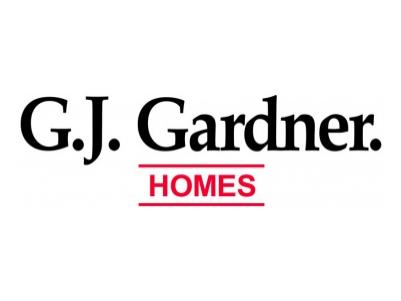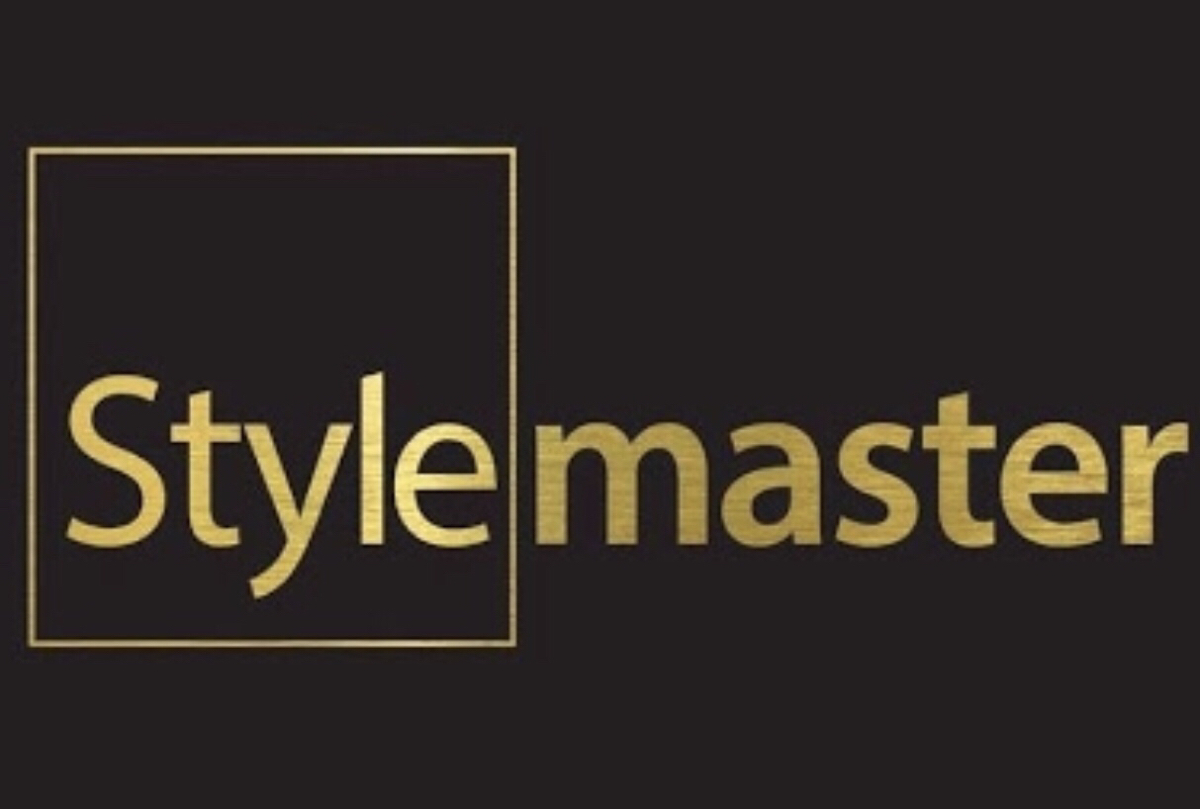Title Page
CLIENT DETAILS PRE VISIT
-
Client name & ID
-
Conducted on
-
Policy start date
-
# of open claims
-
WC Codes currently in use
-
Total # of employees
-
NAICS
-
FEIN
-
States operating in
-
Prepared by
-
Location
Entry to On-Site
Confirmation Questions
-
Does the total number of employees seem accurate?
-
Do the current worker’s comp codes seem accurate?
-
Are the states operation in accurate?
-
Does the NAICS seem accurate?
-
Areas of concern the business contact has surrounding safety/WC that they want inspected for sure before the end of the visit.
Site Visit Questions
-
Do you currently have an existing and updated IIPP?
-
Would the client be interested in additional help in this area?
-
Do you currently have an existing and updated Emergency Action Plan?
-
Would the client be interested in additional help in this area?
-
Do you currently have a Safety Committee?
-
How frequently do they meet?
-
Would you like more information on this?
-
Do you currently have an updates SDS Binder?
-
Would you like some assistance in setting one up?
-
Has Client been sited by OSHA in the last year ?
-
Does client have a return to work program in place?
-
Are all proper OSHA and labor laws poster posted and completed?
FLOORS AND WALKWAYS
-
Are walkways and stairways kept clear of obstructions?
-
Are buckets and mops available to clean up spills so no one will slip?
-
Are non-slip mats, grates, or slip-free coatings used in wet areas to revent falls?
-
Do stairways have handrails?
-
Are carpets and rugs causing a potential trip hazard?
LADDERS AND FALL PROTECTION
-
Are the appropriate ladders for the job available and in good condition?
-
Are they inspected before each use?
-
Do ladders have safety feet?
-
Proper Pitch ( Between 30 & 50 Degrees from Parallel )?
-
Are non-metal ladders used when there is a chance of electric shock?
-
Employees Kept Clear of Suspended Loads?
-
Contractor Fall Protection Plan (on file at site)<br>100% Fall Protection Rule?
-
If work is done on an elevated work location (above 30 inches,or 48 inches if the platform is not part of the building), are guard rails installed?
FIRE SAFETY
-
Proper permits obtained from fire department?
-
Are all fire extinguishers currently up-to-date on their monthly checks?
-
What company is responsible for completing sprinkler system checks?
-
Are there at least two fire exits for each building?
-
How often does the 3rd party company check the system?
-
Are fire exits clearly marked and pathways to the exits clear?
-
Have employees been told what to do in case of a fire or other emergency?
-
Are there fire extinguishers of the correct type in or close to each work area?
-
Are the locations of fire extinguishers clearly marked?
-
Is there a sprinkler system in place?
-
Are the fire alarm system and sprinkler system regularly tested?
-
Are there regular fire drills?
-
Smoking policy in place?
-
Who is responsible for monthly safety inspections of Fire Extinguishers?
ELECTRICAL HAZARDS
-
Are electrical cords in good condition (no fraying or other defects)?
-
Have employees who use machinery been told how to
-
recognize when a machine has been locked out and tagged (electrical power of, locked out and machine tagged)?
-
Are cords kept out of areas where someone could trip?
-
Are power tools and other equipment in good condition?
-
Is all electrical equipment, including power tools, properly grounded?
-
Are there enough outlets so extension cords don’t have to be used?
LIGHTING
-
Is there adequate lighting throughout the workplace?
-
Are the areas around all machines well lighted?
-
Are outside pathways and parking lots adequately lighted at night?
MACHINE GUARDING AND MECHANICAL SAFETY
-
Are emergency cut-of switches easily located and identified, and do employees know where they are?
-
Do employees know how to turn off machines in an emergency?
-
Are machines securely attached to the floor?
-
Have employees been trained in how to work safely around machines?
-
Have employees been told to report missing machine guards to their supervisors?
-
Do machines have guards on them?
OTHER SAFETY ISSUES
-
Are hot surfaces guarded to prevent accidental contact?
-
Are sharp objects properly stored so they don’t present a hazard?
-
Do furniture and equipment have seismic restraints or bracing?
-
Is shelving secured to walls?
CHEMICAL HAZARDS
-
Are chemicals (including pesticides, solvents, and cleaning products) properly labeled and stored?
-
Are flammable and combustible liquids inside the buildings stored properly?
-
Has an inventory been done of toxic substances used in the workplace?
-
Have Material Safety Data Sheets (MSDS) been obtained for all chemicals you use?
-
Has monitoring been done to make sure exposure levels are within legal limits?
-
Are records of monitoring results available to employees?
-
Are employees told where Material Safety Data Sheets on chemicals are kept?
-
Has annual training been conducted for all employees who use chemicals?
BIOLOGICAL HAZARDS, SANITATION, AND HOUSEKEEPING
-
Are adequate toilet facilities provided and well maintained?
-
Industrial Hygienist/Air Monitoring/Testing?
-
Trash maintained and kept in storage bins
-
Are there sinks with hot and cold water, and disposable hand towels?
-
Are insects and rodents adequately controlled?
-
Toilet Facilities (adequate number)?
-
Are there clean eating areas separate from work and chemical storage areas?
ERGONOMIC HAZARDS
-
Can employees get help when lifting more than 30 pounds (as per NIOSH’s recommendation)?
-
Have employees been trained in proper lifting methods?
-
Are mechanical lifting devices available if needed?
-
Are job tasks that require repetitive movements varied or rotated?
-
Are computer workstations set up to avoid awkward postures and to fit the individual?
-
Are employees able to avoid standing or sitting for long periods of time?
NOISE
-
Do workers feel noise levels are comfortable?
-
Is there a program for noise reduction?
-
Do workers know when and where hearing protection is necessary?
PERSONAL PROTECTIVE EQUIPMENT
-
Is personal protective equipment (PPE) provided as needed (coveralls, gloves, eye protection, respirators, earplugs, etc)?
-
Have workers using PPE been trained in its proper use?
-
Is PPE cleaned, maintained, and stored properly?
-
Are multiple sizes of PPE available to different workers?
GENERAL WORKPLACE ISSUES
-
Does the workplace have a written Injury and Illness Prevention Program (IIPP) as required by Cal/OSHA, and has a responsible person been identified?
-
Is there a written Emergency Action Plan and have all employees been trained in what to do during an emergency?
-
Have all employees received health and safety training?
-
Is there someone in the workplace trained in first aid and CPR?
SITE SAFETY
-
Emergency Phone Numbers Posted?
-
Warning Signs (hard hats, No Trespassing, etc)?
-
First Aid Supplies Accessible?
-
Travel/Access ways (unobstructed and maintained)?
-
First Aid Supplies Stocked?
- Yes
- No
- N/A
-
Eye Wash Available and Maintained?
-
Necessary Detours, Canopies, Sidewalks?
-
Posters (OSHA, etc)?
-
Guardrails > 6 feet high?
-
Copy of Company Safety & Health Program & MSDSs?
-
Visitor Controls (Signs, Visitor PPE, etc)?
-
Training Records including Tool Box Safety Meeting Records?
CONTRACTOR PROVISIONS
-
Ensure All Contractors Have Site Specific Safety Plan?
-
All Contractor's Have Designated Safety Rep/Competent?
-
All Contractors Have Submitted HazComm Program and MSDS?
-
All Contractors Are Conducting Safety Orientation w/new employees?
-
All Contractors Holding Tool Box Safety Meetings?
-
Inspections/Service Records/Operators Manual (Filed At Site)?
-
All Contractors are familiar with Emergency Action Plan?
-
Contractor Fall Protection Plan (on file at site)?
-
100% Fall Protection Rule?
-
Residential Roofing (Fall Protection Plan, Slide?
HAND AND POWER TOOLS
-
Tools Properly Stored?
-
Cutoffs/Kill Switches/ Anti-Restart Functioning?
-
Tools Used Properly?
-
Tools effectively grounded or Double Insulated?
-
Tools Inspected Frequently (at least before each use)?
-
Tools Equipped with Required Guards?
- Yes
- No
- N/A
TRENCHING & EXCAVATION
-
Training and Insurance of Proper Use?
-
Other Barricades and Warnings (Pedestrians, Stop Logs, etc)?
-
Wood Shoring (per OSHA tables)?
- Yes
- No
- N/A
-
Trench Shield (Manufacturer Placard & Data on File at Site)?
-
Aluminum Hydraulic Shoring (per OSHA tables)?
-
Material Stored at Least 2" from Edge?
DEMOLITION & BLASTING
-
Demolition Plan in Place (On File at Site)?
-
HazMat Remediation Activities?
- Yes
- No
- N/A
-
Utilities Disconnected, Purged, Etc?
-
Licensed Blaster Present at All Times?
- Yes
- No
- N/A
-
All State & Local Permits on File?
-
Use, Handling & Disposal of Blasting Materials?
-
Warning System/ Warning Signs?
WELDING
-
Performed by Qualified Individuals?
-
Proper Work Area (All Fire Hazards Removed or Properly Stored?
-
Equipment Inspected Before Use?
- Yes
- No
- N/A
-
Separation of stored Oxy & Fuel Gases/oils by 20' or 1/2 hr fire-rated wall?
-
Cylinders Upright and Secured?
- Yes
- No
- N/A
-
Fuel Gas Shut Off Key/Wrench Available?
-
Fully Charged Fire Extinguisher Available?
Innoworks Support Questions
-
Do you currently utilize the Innoworks-provided AFLAC plan to reduce false Worker’s Comp claims (free of charge)
-
Would you like more information on this plan and how it can help reduce costs?
-
Would you like more information on other Innoworks-provided services, such as medical insurance benefits and 401(K)?
-
What would you like more information about?
SIGNATURE
-
Site Safety Rep Signature











